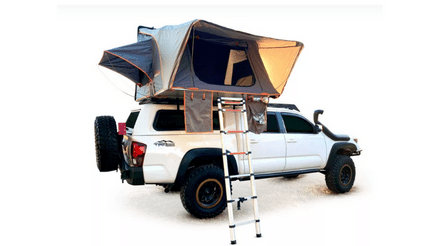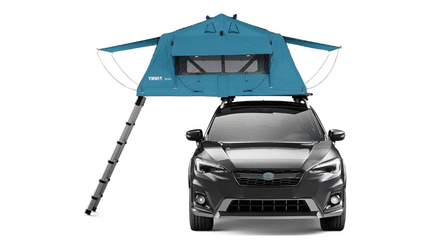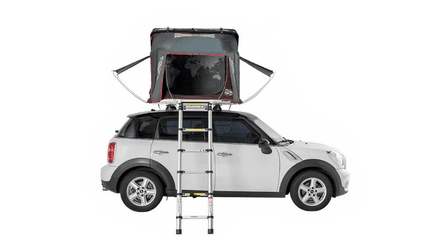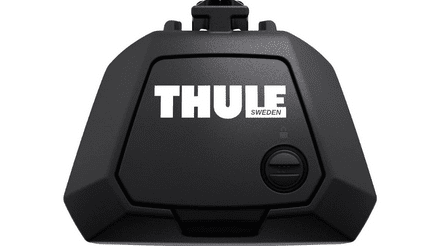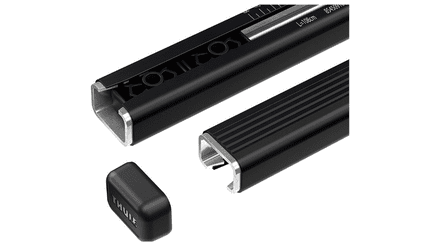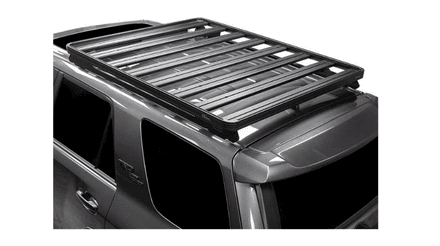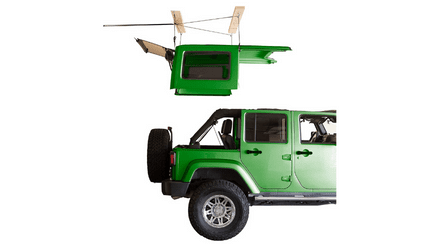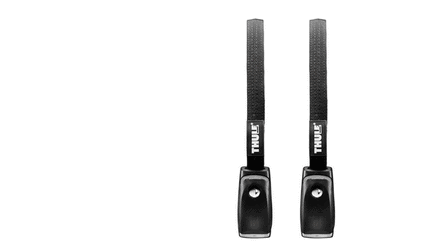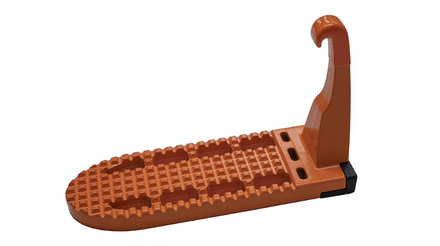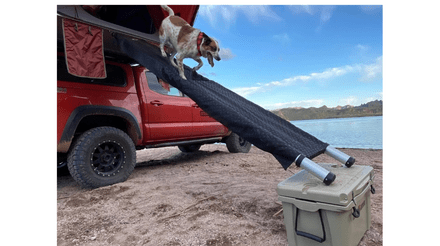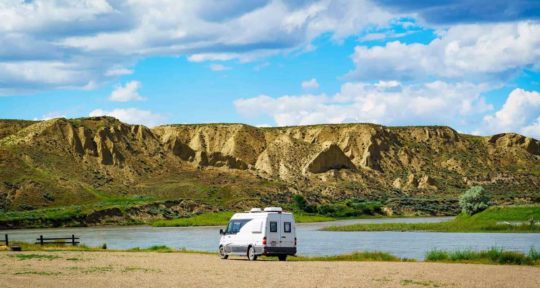After trading in my Toyota RAV4 and waiting months for 4Runner availability, last fall my new, 2023 SR5 Premium finally arrived. Although this beefy SUV proves less rugged than Toyota’s upfitted TRD models, it does the trick for my needs and leaves room for improvement over time. I knew the first piece of gear I wanted to add to my new rig (named ToyHota Kotb) was a rooftop tent. Knowing little about this camping style outside of the many liked images on my Instagram feed—extensive research, online forum browsing, and seemingly endless questions were undoubtedly in my future.
In the end, I opted for the Roofnest Condor XL tent to accommodate my wife, me, and our soon-to-be family of three. And with a nearly king-sized sleeping space, this model also provides plenty of room to bring our favorite furry camping companion with us too. While choosing a tent that fit my family and vehicle seemed pretty simple, I quickly found out there was still plenty to be done (and learn) before we were ready to hit the road on our first adventure.
From roof racks to tent installation, setup, and storage, here are a few things I learned while getting started in the adventurous world of rooftop tent camping.
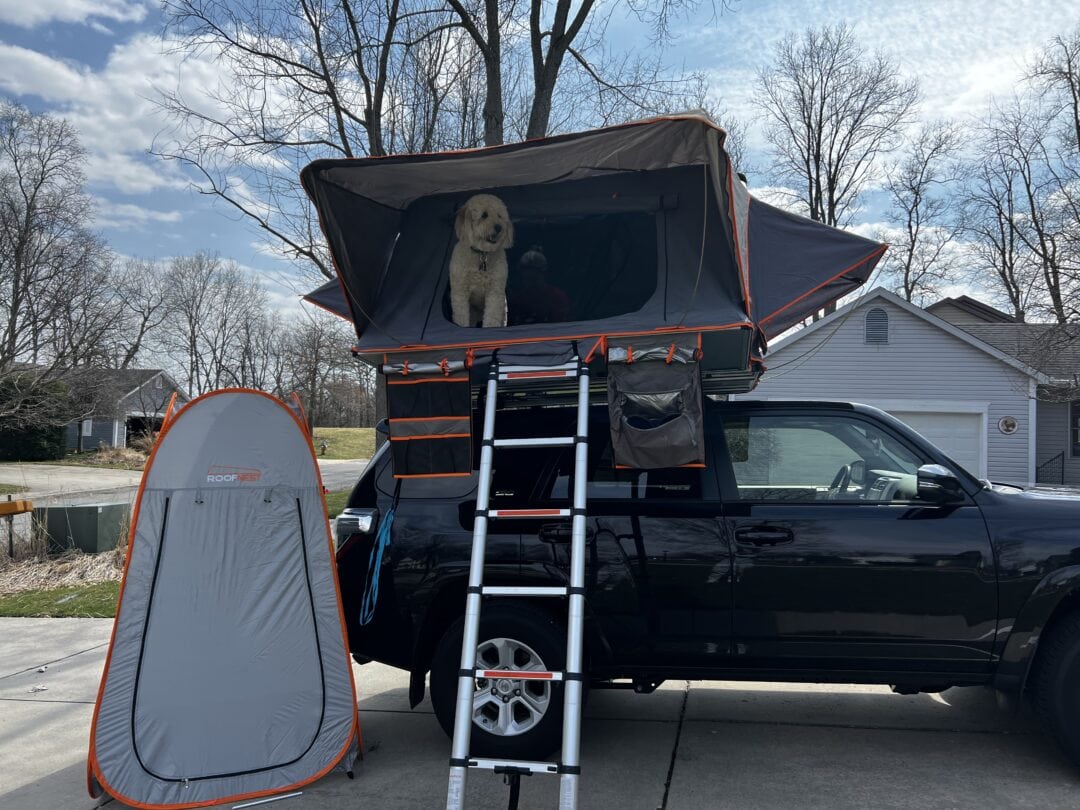
Vehicle compatibility
Much to my surprise, rooftop tents can fit a wide variety of vehicles, even sedans and other smaller cars. But just because a tent will fit on your car, doesn’t mean it’s ideal for every vehicle. Having a tent on top of your roof can create significant wind resistance, subsequently affecting steering capabilities and lowering your fuel economy. You also have to ensure that your roof is equipped to support the added weight of both your tent and those camping inside of it.
Check your vehicle’s owner manual for the roof rack’s load capacity information, and when in doubt, reach out to tent manufacturers to inquire about compatibility. Companies like Roofnest, Thule, Front Runner Outfitters, and iKamper (to name a few) are extremely knowledgeable and always willing to offer advice. I relied heavily on product experts at both Thule and Roofnest to ensure my vehicle was equipped and capable of handling my camping gear before making my purchase.
How to choose the best vehicle for overlanding and our favorite models on the market
Roof rack system
On top of your vehicle needing to be compatible with your tent kit, your roof rack system needs to check out too. Owning a Toyota 4Runner with OEM raised rails, I just assumed I could throw this tent on top of my roof, lock it down, and call it a day. I soon learned that not only was I wrong about this assumption—this impending purchasing decision would prove to be more stressful than buying the tent itself. As it turns out, most OEM roof rack kits aren’t designed to handle the weight of a rooftop tent. This is especially true for heavier tents, like my 160-pound Condor XL.
Most likely, you’ll need to upgrade your roof racks to safely accommodate the added weight on your vehicle. While I opted for Thule’s Raised Rail Evo kit and SquareBar Evo crossbars, there are numerous systems out there that will meet your vehicle and tent needs, outside of a simple crossbar upgrade. Many of the online forums I referenced for advice urged me to purchase a more sophisticated rack, like the Front Runner Slimline II. However, this type of system is significantly pricier than a crossbar kit, and unfortunately not in my budget. But for campers who plan to keep their tents mounted and in use throughout the year, a low-profile, steel roofing system can be worth the investment—especially if your travels tend to be off-road, as these racks are designed to withstand the wear and tear of adventure.
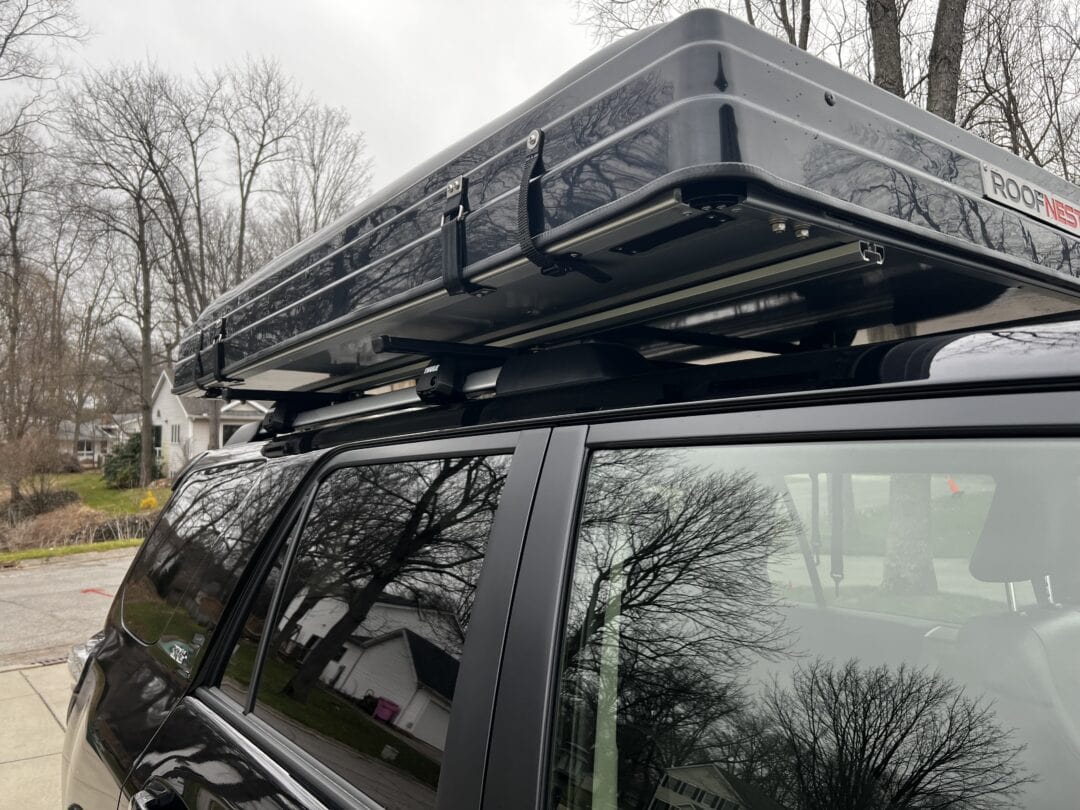
At the end of the day, you’ll at least need crossbars that can take on the weight of your tent. If you’re like me, that means purchasing additional load carrier feet for your crossbars, to attach to your vehicle’s original raised rails. Whether you’re mounting your tent on your vehicle, truck bed, or travel trailer, having the right rack system designed for the right amount of support is crucial to protecting your vehicle, tent, and other surfaces from damage.
20 overlanding essentials: Gear and gadgets for the ultimate off-road camping adventure
Installation
What started out as a task I was confident my dad and I could handle, turned into a four-person endeavor that called for additional assistance from my father-in-law and brother-in-law. Between the height of my 4Runner and the weight of the Roofnest tent, my dad and I quickly realized we were going to need more muscle when it came to lifting the tent onto my roof racks. Fortunately, Roofnest provides detailed installation instructions on its website, making this project fairly easy, after everything was said and done.
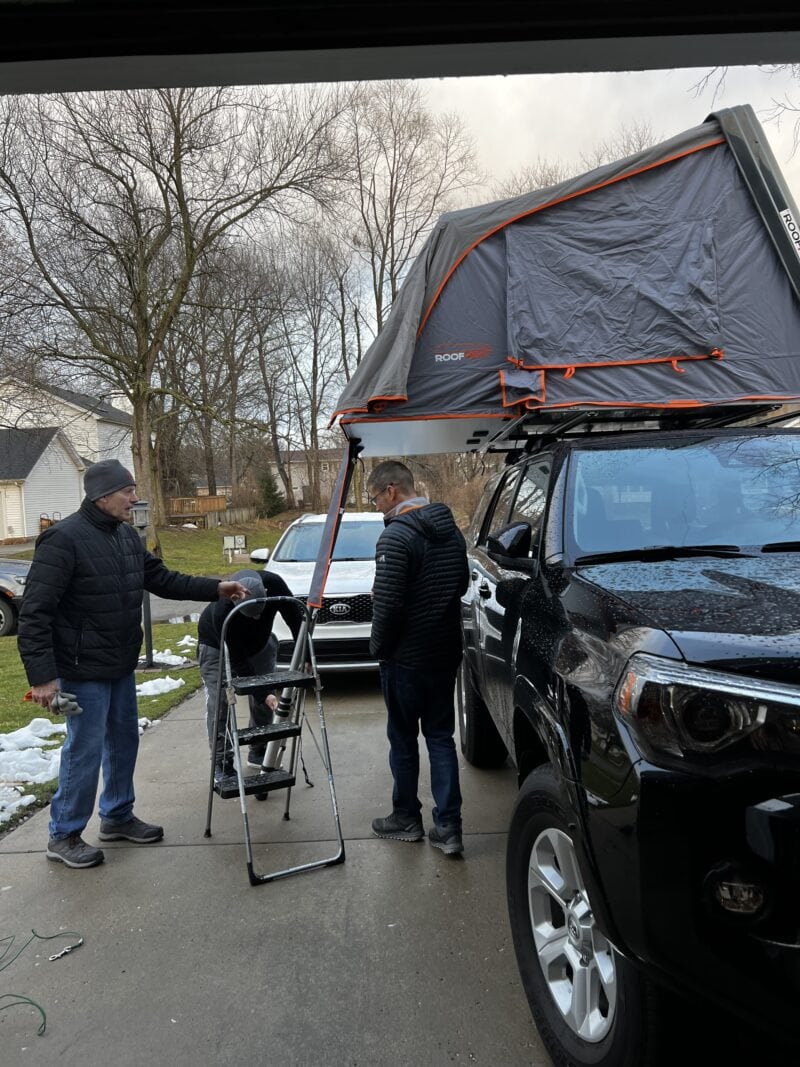
Keep in mind that most rooftop tent installs will require two or more people if you’re planning on lifting your tent manually. With a quick online search, you’ll find that rooftop tent owners have concocted all types of ways to help streamline the installation process. The most common being the use of a pulley or hoist system, like those you’d use to lift off a Jeep top or roof cargo carrier. If you want to go this route, just make sure you buy (or build) a system that can sufficiently hold the weight of your tent. While these systems alleviate the need to lift, you can easily damage your tent or vehicle if your hoist isn’t designed properly for your load capacity.
During installation, you’ll also want to consider what type of security system (if any) you want for your tent. Since my vehicle will be parked in my driveway during camping season, I bought Thule locking straps to keep my tent securely locked to my roof. There are also various types of locking bolts, mounts, and keyed systems that might need to be integrated during the initial installation process. Many of these security accessories will depend on the type of tent you have, so check for compatibility before you purchase. I chose straps so I can lock up other pieces of camping gear while I’m at my campsite and my tent is being used.
Tent setup
Once your tent is fully installed and secured to your roof, practice setting it up before taking off on your maiden voyage. This way, you can see what adjustments will need to be made or what additional gear you’ll need before arriving at the campground. Plus, this will help you familiarize yourself with your new equipment for smooth operation. Even though Roofnest’s setup instructions were clear and easy to follow, I found that I would either need to grow a few inches or purchase a step of sorts to open and close my tent. I bought a car door step that installs inside my door frame. This allows me to reach the top of my tent without hauling around a step ladder or other bulky gear.
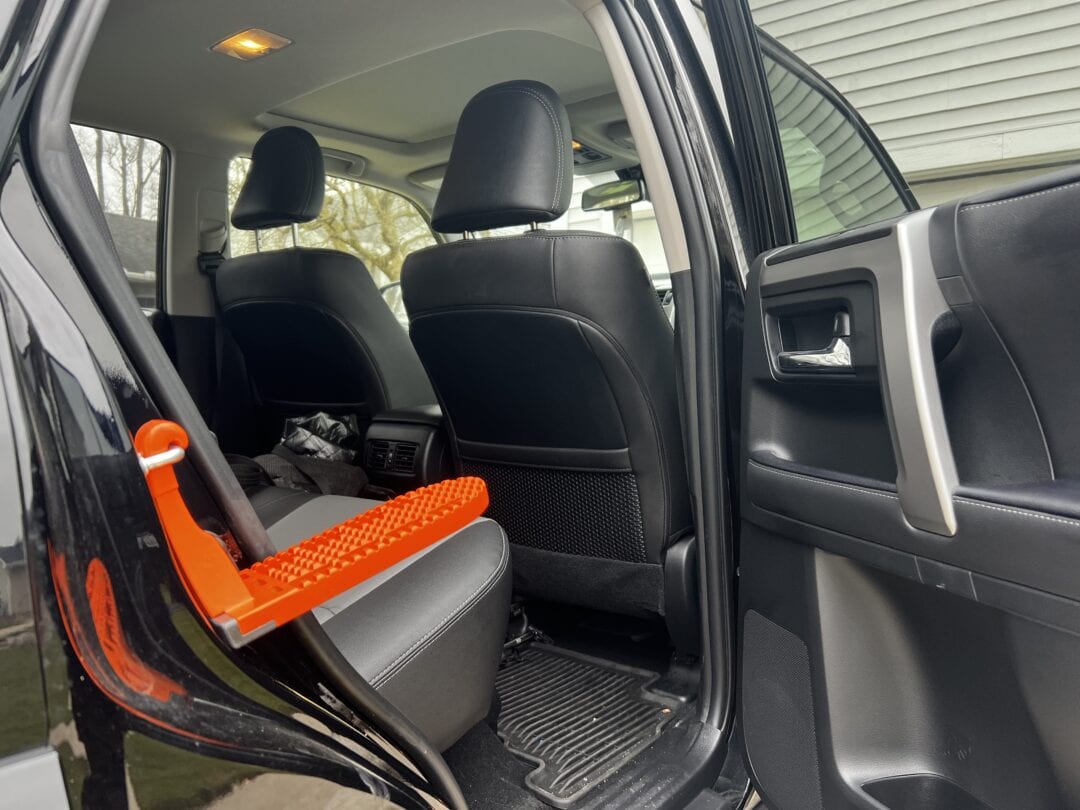
It’s adjustments like this that you’ll want to try and square away early on, so you know you and your camping companions can easily unfold and store your tent while in the great outdoors. While most rooftop tents have straightforward setups, requiring little to no strenuous effort, you don’t want to be caught off guard on your first trip.
Storage
If your tent isn’t going to be a permanent staple on your vehicle, you’ll need to have a plan for uninstalling and storing your gear during the off-season or in between trips (if you feel like removing it that frequently). Some hoist systems will allow you to store your tent suspended inside your garage or other storage facility. But again, make sure your hoist is designed for holding that type of load, especially for extended periods of time. While most people opt to store their tents inside garages, sheds, or basements, there are a few things to keep in mind before simply setting it on the floor and leaving it.
- Lay the tent on top of some type of platform (wood, foam, etc.) instead of storing it directly on the floor.
- Use a large mattress bag or some other covering to protect it from dirt, dust, and other debris in your storage area.
- If you don’t have room to store your tent flat, you can tilt it on its side. Just be sure to use a platform for padding for this type of storage.
- Keep it away from heat sources that could be damaging to your tent’s outer shell.
- Try to avoid heavily-trafficked areas of your storage room to reduce the chances of the tent being damaged.
While uninstalling and storing your tent can be a hassle, proper storage will help increase the longevity of your gear. Since these camping kits aren’t cheap, it’s worth the extra time to give it a break from the elements.
Additional beginner tips
Diving head first into rooftop tent camping, I learned a few valuable lessons first-hand. Here are some additional tips to keep in mind when it comes to rooftop tent camping.
Measure your garage entrance. The inside of my garage has exceptionally high ceilings, so I’d assumed I’d be able to drive my 4Runner inside with my tent installed. However, before we started the install process, we realized that the actual frame of my garage door wasn’t going to provide enough clearance. Thankfully we noticed this before installing the tent inside the garage. If you’re wanting to keep your vehicle stored inside, make sure you account for your tent height and the additional roof rack height before assuming everything will fit. I bought a Roofnest cover to help protect my tent since it will be spending more time than expected out in the elements.
Upfront investment. While I knew buying a rooftop tent wasn’t going to be cheap, I wasn’t planning to spend quite as much on other gear needed to get me going. Make sure to budget for things like roof racks, steps (if needed), security accessories, protective covers, and more. While the roof racks were the most essential items purchased for my tent, the other gear will undoubtedly give me peace of mind and make my camping experience smoother.
Cargo storage. Roofnest and other manufacturers design tents with cargo racks on top of the tent’s shell. And while this was an option for me, I chose the Condor XL due to its larger sleeping capacity. My tradeoff for this tent was sacrificing cargo space—meaning I can’t haul my kayaks and other gear up top. If you plan on bringing along any type of equipment usually stored on your roof, be sure to shop for tents that come with roof racks or have that option.
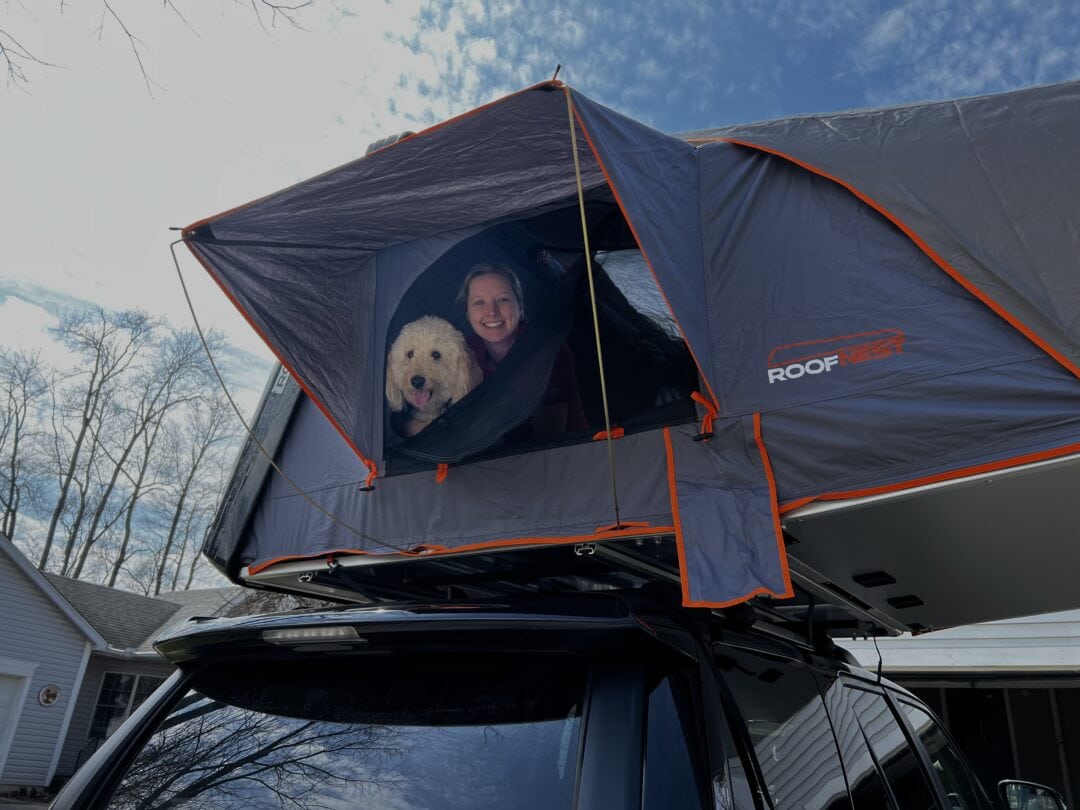
Pet solutions. If you’re like me and plan on bringing your four-legged friend with you, consider coming up with a plan to get them up and down your tent ladder. My 50-pound pup isn’t the easiest to pick up and simply set inside the tent. With a little guidance, I can help him get up the steps, but going down is an adventure on its own. I’ve seen plenty of DIY ramps online that rooftop tent owners have built to help their dogs. There are even products that fit over your ladder to give them a stable space for going up and down. While some of these products are a little pricey and will take up storage space, if you have a bigger pup, the investment might be worth it in the end.
Is rooftop tent camping right for you?
I was confident rooftop tent camping was my next outdoor adventure, and I stand by that decision. It’s less of an investment and commitment than RV ownership, and it’s easier to set up camp than a traditional tent—once the initial installation has been completed. If you’re on the fence about investing in a rooftop tent kit, consider renting one to test before you buy.
Here are a few ways you can rent rooftop camping equipment:
- Roofnest partners with several rental companies across the U.S. to let campers test out their tents before buying.
- Rove is a rental service where you can test out small travel trailers and rooftop tents, depending on the type of adventure you’re looking for. This company has locations in North Carolina and Oregon.
- Outdoor Gear 2 Go lets you rent Thule Tepui rooftop tents with an optional annex room attached.
- Escape Campervans allows you to rent a Jeep with a rooftop tent already installed at select locations across the U.S. This makes it easy to test a tent out, without worrying about installing it on your personal vehicle.
Shop the products mentioned in this article
This article has links to products that were carefully selected by our editors. We may earn commission on your purchases from these links. Visit this page for the full details of our affiliate marketing policy.
